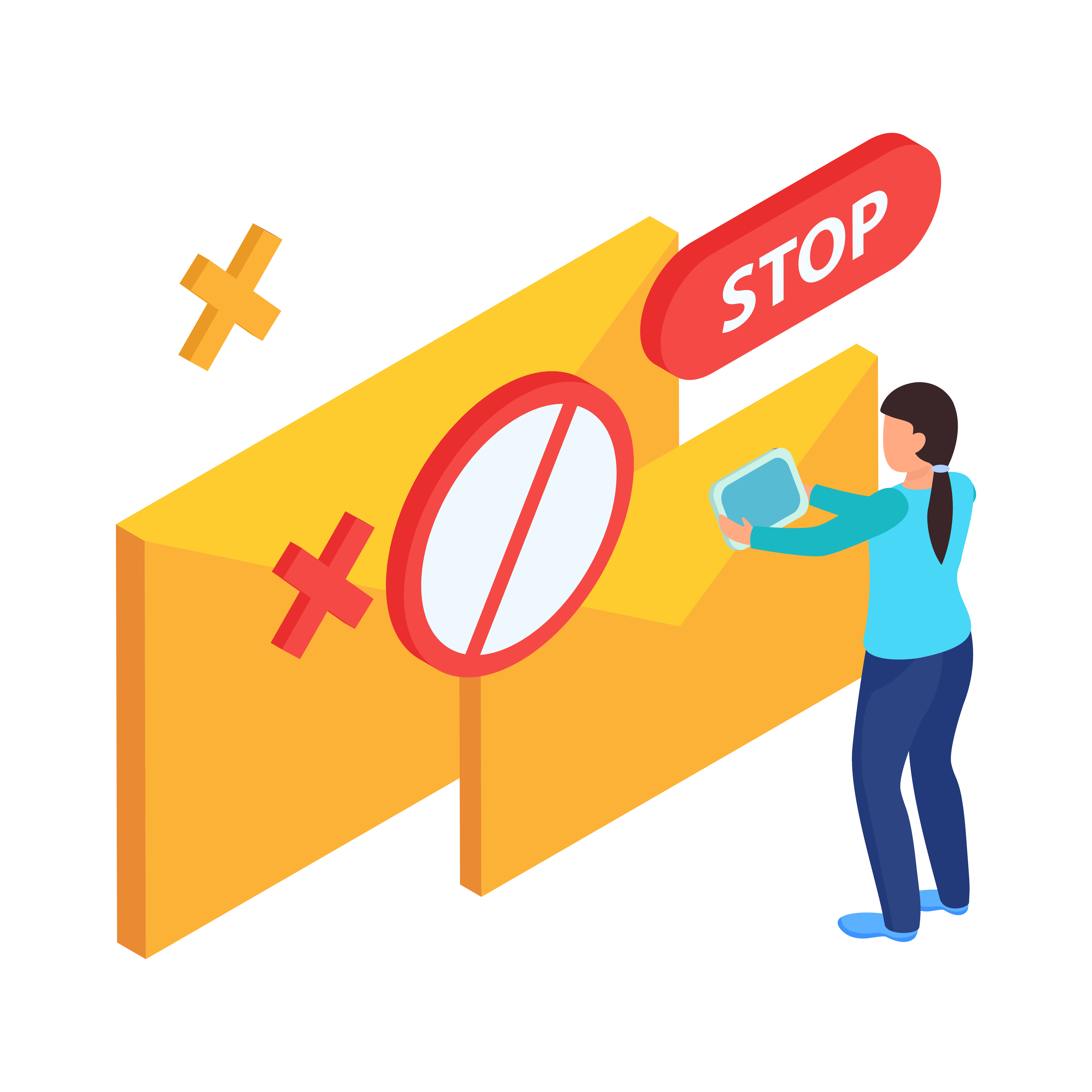Effective audience targeting delivers up to 5 times higher ROI than generalized ad campaigns. However, many businesses still waste marketing budgets on broad, untargeted advertising that reaches people with little interest in their products or services.
Rather than scattering your ad spend across wide demographics, smart audience targeting focuses your resources on the prospects most likely to convert. This approach becomes especially crucial for Shopify store owners developing their SEO strategy. In fact, proper audience targeting forms the foundation of successful SEO for Shopify stores, allowing for precisely tailored content that addresses specific customer needs. Meanwhile, Shopify search optimization relies on understanding exactly who searches for your products and how they search.
This comprehensive guide explores why targeted advertising outperforms broad campaigns, what smart audience targeting looks like in 2025, and specifically how to implement these strategies for maximum return on your marketing investment.
The Problem with Broad Ad Spending
Throwing money at broad advertising campaigns rarely yields the results businesses hope for. Businesses continue to waste significant portions of their marketing budgets on poorly targeted ads that reach audiences with little interest in their offerings. This approach is becoming increasingly costly and ineffective as digital channels grow more competitive.
Why traditional ad campaigns often fail
Traditional ad campaigns typically cast wide nets, hoping to catch as many potential customers as possible. Unfortunately, this approach overlooks a fundamental truth: not everyone is your customer. Many campaigns still rely on basic demographic targeting (age, location, gender) without considering more meaningful factors like purchase intent or behavioral patterns.
Additionally, these campaigns often suffer from a disconnect between marketing and actual customer needs. When marketers create campaigns based on assumptions rather than data, they frequently miss the mark on addressing genuine customer pain points or desires.
Furthermore, traditional campaigns tend to prioritize reach over relevance. While reaching a million people sounds impressive, it means little if only a tiny fraction of that audience has any interest in what you're selling. This is particularly problematic for specialized businesses like Shopify stores, where audience targeting should align with specific product niches.
The cost of reaching the wrong audience
The financial impact of targeting the wrong audience extends far beyond wasted ad spend. First, there's the obvious direct cost—money spent on impressions and clicks from people who have no intention of becoming customers.
Beyond direct costs, businesses also face opportunity costs. Every dollar spent reaching irrelevant audiences is a dollar not invested in connecting with high-potential prospects. For Shopify store owners working on their SEO strategy, this misallocation can significantly delay growth.
Another hidden cost comes in the form of skewed analytics. When your data includes large numbers of uninterested visitors, it becomes harder to identify patterns among your actual potential customers. This, in turn, makes it difficult to refine your SEO for Shopify initiatives effectively.
Consider also the brand impact. When your ads consistently appear before uninterested audiences, they're more likely to perceive them as irrelevant or annoying. Over time, this negative association can damage your brand's perception even among potential customers.
Examples of wasted ad budgets
Across industries, certain patterns of waste appear consistently:
- Geographic misalignment: A local business in Boston spending on ads shown to people in Los Angeles, with no ability to purchase their location-based services.
- Interest mismatch: A luxury watch company advertising to users who've shown interest in budget timepieces, creating a fundamental disconnect in price expectations.
- Lifecycle blindness: Companies advertising new customer promotions to existing customers, or vice versa, creating confusion and frustration.
A common issue in Shopify search optimization efforts involves businesses targeting high-volume keywords with little buyer intent, rather than focusing on more specific terms that indicate readiness to purchase.
Likewise, many companies waste resources on platforms where their audience isn't active. For instance, a B2B software company might invest heavily in TikTok when their audience primarily uses LinkedIn for professional research.
Finally, the absence of proper conversion tracking leads many businesses to continue investing in campaigns that generate clicks but not customers. Without connecting ad spending to actual business results, companies perpetuate ineffective strategies.
The solution to these widespread issues lies in moving beyond broad targeting toward more precise, data-driven audience segmentation—a topic we'll explore in the next section.

What Smart Audience Targeting Really Means
Smart audience targeting represents a fundamental shift from the traditional "spray and pray" advertising approach. Gone are the days when basic demographics alone could drive effective marketing campaigns. Instead, today's successful marketers build multi-dimensional audience profiles that combine demographics, behaviors, and intentions.
Defining smart targeting in 2025
In 2025, smart audience targeting goes beyond simply defining who might buy your product to understanding why and when they're likely to make a purchase decision. This approach involves creating detailed, dynamic customer segments based on real-time data signals that indicate purchase readiness.
Smart targeting now incorporates:
- Behavioral signals: Actions users take online that indicate interest or purchase intent
- Contextual relevance: Matching your message to the user's current activity or mindset
- Purchase history: Understanding past buying patterns to predict future needs
- Engagement patterns: How users interact with your brand across touchpoints
- Predictive intent: Identifying users who show early signals of becoming customers
For Shopify store owners, this means moving beyond rudimentary SEO tactics toward an integrated strategy that aligns content with specific customer segments. Effective SEO for Shopify now requires understanding exactly which audience segments search for specific terms and tailoring content accordingly.
How it differs from basic demographic targeting
Traditional demographic targeting relies on static categories like age, gender, income level, and location. Although these factors remain important, they tell only a partial story about who's likely to purchase your products.
Smart targeting, conversely, focuses on dynamic indicators of purchase intent. Consider an example: two 35-year-old women living in the same neighborhood with similar incomes might appear identical in demographic targeting. Yet one actively researches your product category and visits your competitor's websites, whereas the other shows no such interest. Smart targeting distinguishes between these cases.
Moreover, smart targeting recognizes that consumer identities and needs shift contextually. The same person researching professional software during work hours might browse entertainment content in the evening. Consequently, effective Shopify search optimization now requires understanding these contextual shifts to deliver relevant messaging at appropriate moments.
The role of AI and machine learning
AI and machine learning have transformed audience targeting from an educated guessing game into precision science. These technologies continuously analyze vast datasets to identify patterns humans might miss, allowing marketers to:
Identify high-value audience segments based on subtle behavioral patterns that indicate purchase intent.
Predict which prospects are most likely to convert, allowing for more efficient allocation of marketing resources.
Personalize messaging and offers at scale, creating relevant experiences for different audience segments simultaneously.
Detect emerging trends in consumer behavior before they become obvious, giving brands first-mover advantage.
For Shopify store owners working on their SEO strategy, AI tools now help identify exactly which keywords different customer segments use at various stages of their buying journey. This intelligence enables the creation of highly targeted content that addresses specific customer questions and needs.
The most sophisticated targeting systems today don't just react to past behaviors but anticipate future needs based on predictive modeling. As a result, marketers can now reach prospects at precisely the right moment with messaging that resonates with their current situation.

Key Benefits of Smart Targeting Over Broad Ads
The numbers don't lie when it comes to precise audience targeting. Businesses that shift from broad advertising to targeted approaches see measurable improvements across multiple performance metrics. These benefits extend beyond just better numbers—they create sustainable advantages that compound over time.
Higher return on ad spend (ROAS)
Precision in audience targeting directly impacts your bottom line. Indeed, targeted campaigns typically generate 2-3 times higher ROAS compared to broad advertising efforts. This happens because your marketing dollars reach people genuinely interested in your offerings rather than those who will never convert.
For Shopify store owners specifically, improved ROAS means each marketing dollar works harder. Subsequently, this allows smaller businesses to compete effectively against larger competitors without matching their advertising budgets. When implementing SEO for Shopify stores, focusing on specific audience segments enables more strategic keyword targeting that attracts qualified traffic—visitors who are actually ready to make purchases.
Better engagement and conversion rates
When ads appear before genuinely interested audiences, engagement naturally increases. Users are more likely to click, read, watch, or interact with content that addresses their specific needs or interests. Obviously, higher engagement leads to stronger conversion rates as these users progress through your marketing funnel.
Consider these engagement improvements typically seen with targeted campaigns:
- Click-through rates often increase 5-10 times
- Time spent on site typically doubles
- Page views per session increase by 40-60%
These engagement metrics matter tremendously for Shopify search optimization, as search engines increasingly use engagement signals to determine content quality and relevance. Throughout your SEO strategy development, prioritize understanding exactly how different audience segments engage with your content.
Lower customer acquisition costs
Primarily, smart audience targeting reduces waste. Each impression, click, and interaction comes from someone more likely to become a customer, driving down acquisition costs. In comparison to broad campaigns, properly targeted efforts often reduce customer acquisition costs by 25-50%.
This efficiency becomes particularly valuable for Shopify store owners operating in competitive niches. As a result, stores can allocate more resources to product development, customer service, or other areas that further enhance customer experience. Given that SEO for Shopify stores requires ongoing investment, reducing acquisition costs through targeting creates budget flexibility for long-term growth.
Improved brand relevance
Beyond immediate performance metrics, smart targeting markedly improves how audiences perceive your brand. When consumers consistently see messages relevant to their needs and interests, they develop stronger brand affinity. Undeniably, this relevance builds trust that broad advertising simply cannot achieve.
This enhanced relevance extends to your entire digital presence, including organic search performance. As users engage more deeply with your targeted content, search engines interpret these signals as indicators of quality. Overall, your SEO strategy benefits from the positive feedback loop created by consistently delivering relevant content to specific audience segments.
For Shopify store owners, this relevance translates to reduced price sensitivity, higher customer lifetime value, and increased word-of-mouth referrals—creating sustainable advantages that broad advertising approaches simply cannot match.
How to Build a Smart Targeting Strategy
Building an effective audience targeting strategy requires a systematic approach rather than guesswork. Let's explore how to create targeting that delivers measurable results without wasting your marketing budget.
Start with clear customer personas
Creating detailed customer personas forms the foundation of smart audience targeting. These personas should go beyond basic demographics to capture motivations, pain points, and purchasing behaviors. Primarily, focus on identifying the characteristics of your highest-value customers—those who spend more, purchase frequently, or have longer retention.
For Shopify store owners, personas should specifically reflect the shopping habits relevant to your product categories. This deep understanding directly informs your SEO strategy by revealing exactly what information your ideal customers seek at each stage of their buying journey.
Use behavioral and intent data
Behavioral data reveals what customers actually do rather than what they say. This includes website browsing patterns, product interactions, content consumption, and purchase history. Intent data, meanwhile, indicates readiness to buy through actions like product comparisons or seeking specific information.
Essentially, this approach helps your Shopify search optimization efforts target high-intent keywords that align with specific customer behaviors. For instance, someone searching for "best waterproof hiking boots" shows different intent than someone searching "hiking boot repair."
Leverage retargeting and lookalike audiences
Retargeting campaigns focus on people who've already shown interest in your offerings but haven't converted. These audiences typically convert at 2-3 times the rate of cold traffic. Lookalike audiences extend your reach by finding new prospects who share characteristics with your best customers.
For SEO for Shopify stores, this strategy translates to creating content specifically addressing questions from past visitors, then using that engagement data to identify new content opportunities that will attract similar potential customers.
Test and refine your segments
Once your targeting strategy is implemented, continuous testing becomes crucial. A/B test different audience segments against each other to determine which delivers better performance. Key metrics to monitor include:
- Conversion rates by segment
- Cost per acquisition across different audiences
- Engagement metrics like time on site and pages per session
This testing approach applies to your Shopify SEO strategy as well. Track which content resonates with specific segments, then refine your keyword targeting and content creation accordingly. Ultimately, this creates a feedback loop that continuously improves targeting precision and marketing effectiveness.

Mistakes to Avoid When Targeting Audiences
Even experienced marketers stumble into common audience targeting traps. Recognizing these pitfalls helps safeguard your marketing investment and maximize campaign effectiveness.
Over-segmentation that limits reach
Creating too many narrow audience segments can backfire. When segments become excessively specific, your overall reach diminishes, potentially excluding valuable prospects. This problem occurs frequently with Shopify stores that slice their audience into dozens of micro-segments, each too small to generate meaningful data or results.
Generally, start with broader segments and gradually refine them based on performance data. This approach ensures you maintain sufficient reach while still delivering relevant messages.
Ignoring real-time data signals
Unfortunately, many marketers build targeting models based on historical data alone, missing crucial real-time signals that indicate changing consumer behaviors. Your SEO strategy must adapt to evolving search patterns and interests.
Real-time signals often reveal opportunities that historical data cannot predict, especially for seasonal products or trending categories in Shopify search optimization.
Failing to test different audience sets
Relying solely on your initial audience definitions limits potential growth. Shopify store owners frequently stick with their first targeting approach without exploring alternatives that might perform better.
Testing different audience combinations helps discover unexpected customer segments with high conversion potential. Your SEO for Shopify efforts should similarly test content with various audience segments to identify which resonates most effectively.
Conclusion
Smart audience targeting stands as the clear winner against broad advertising approaches. Throughout this guide, we've seen how targeted strategies consistently outperform general campaigns across all meaningful metrics. Rather than wasting resources on disinterested audiences, businesses that focus their efforts on high-potential prospects achieve dramatically better results.
Above all, the financial case for smart targeting proves compelling. Companies implementing precise audience strategies typically enjoy 2-3 times higher return on ad spend while simultaneously reducing customer acquisition costs by 25-50%. These numbers represent real business impact that compounds over time, especially for Shopify store owners operating with limited marketing budgets.
The evolution of targeting technology has fundamentally changed what's possible. AI and machine learning now enable marketers to move beyond basic demographics toward multi-dimensional audience profiles based on behavior, intent, and context. This shift transforms marketing from guesswork into a data-driven discipline with predictable outcomes.
Nevertheless, successful implementation requires careful planning. Start with detailed customer personas, gather meaningful behavioral data, and consistently test different audience segments against each other. Likewise, avoid common pitfalls such as over-segmentation or reliance on outdated signals.
The future clearly belongs to businesses that target with precision. Broad advertising increasingly represents a competitive disadvantage as customers expect relevant, personalized experiences. Smart targeting delivers these experiences while maximizing every marketing dollar spent.
Your Shopify store deserves this strategic advantage. Though implementing sophisticated audience targeting may require initial investment in tools and expertise, the long-term benefits far outweigh these costs. Therefore, make audience targeting the cornerstone of your marketing strategy, and watch your conversion rates, customer loyalty, and profitability grow accordingly.











